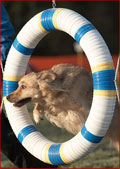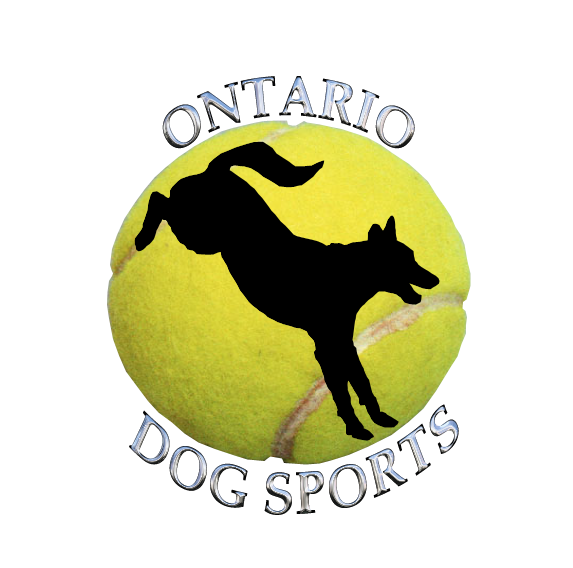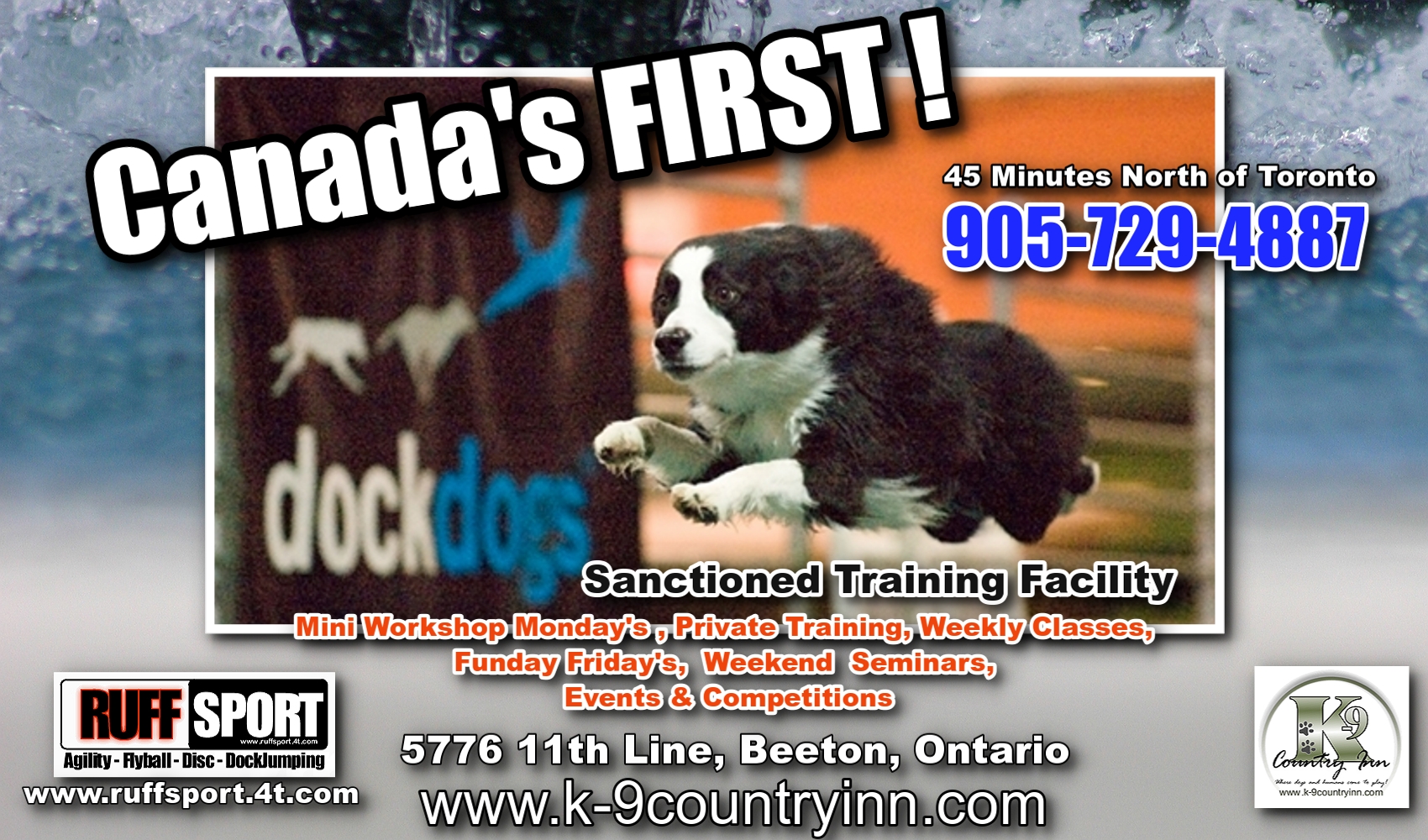The Anatomy And Physiology Behind Your Champion Tracker(CT)
Tracking a Dog’s Keen Sense of Smell
All dogs have a sense of smell far superior to that of humans. This amazing ability is useful to the dog in many ways — from communicating with other dogs to finding the perfect spot for rolling. Not nearly as important for survival as it once was, a dog’s sense of smell has long been used to track food for himself and humans.
Today, people use dogs in a variety of roles due to their superior olfactory ability. Dogs have invaluable roles with search and rescue teams, in identifying contraband, tracking game for hunting, and keeping tabs on endangered species. Recently, dogs have even been trained to identify bladder cancer in humans.
“The act of scent detection is a very complicated metabolic function,” says Robert Gillette, D.V.M., M.S.E., director of the Sports Medicine Program at Auburn University College of Veterinary Medicine. “It involves odor reception, recognition and location. All of these are necessary for dogs to use their special scent abilities.”
How the Canine Nose Works
A number of things make a dog’s scenting ability superior, most notably anatomy. The shape and length of a dog’s muzzle, as well as his habit of sniffing, is uniquely suited to extreme smelling ability. Some dogs have longer ears, which may also play a role in helping to funnel scent molecules into the nose.
Starting at the nostrils, their shape is unique to allow expiration out of the sides of the nose so that fewer scent molecules in the air or on the ground are disturbed. The actual act of sniffing heightens a dog’s scenting ability by disrupting the normal breathing pattern and allowing scent molecules to stay in the nasal passages longer.
The dog’s nasal cavity, like a human’s, is divided into two parts by the septum, which is formed from bone and cartilage. The nasal cavity contains a number of turbinate or cartilagelike bones. Those closest to the nostrils, called nares, warm and moisten incoming air. Further back in the cavity, the turbinate bones are covered by olfactory mucosa, a thick spongy membrane.
The mucosa consists of millions of microscopic cilia, or thin, hairlike structures sprouting into the passages. The olfactory mucosa and cilia also help keep dogs healthy by trapping dirt and other foreign objects so they don’t enter into the respiratory system. The size of the olfactory mucosa varies greatly within breeds, and may be one of the primary factors that certain breeds are able to smell better than others. Dogs may have as few as seven or as many as 60 square inches of olfactory mucosa, while humans only have about one-half to one square inch.
Scented molecules are trapped in the mucus and processed by odor-detecting cells found on the tips of the cilia. Estimates of the number of these sensory cells range from about 125 million in the Dachshund to 300 million in the Bloodhound. Humans have far fewer, with estimates ranging from just five to 10 million of these specialized, odor-sensing cells.
Jacobson’s Organ
The vomeronasal organ (VNO), also called Jacobson’s organ, is an especially sensitive part of a dog’s sense of smell. Found on the roof of the mouth, the VNO is comprised of a pair of small, cigar-shaped, fluid-filled sacs. These sacs are filled with receptor cells that are sensitive to chemicals that may not have an odor, such as pheromones.
Dogs access the organ by licking or snapping the air, drawing chemicals into the mouth. All mammals have a VNO, but it was thought to be inactive in humans since prehistoric times. Newer research shows that it still functions in humans but isn’t as fine-tuned as the VNO in a dog.
Once the receptor cells in the nose pick up scent molecules, messages are fired off to the brain. “Once this information reaches the brain, the brain has to identify it as a scent and then determine its significance,” Gillette says.
While anatomical structure heightens a dog’s ability to smell, what happens in the brain may be even more important, he says. “It’s here that dogs are able to discriminate between smells and components of smells, which can be further enhanced through training,” Gillette says.
A classic study of dogs’ olfactory capabilities showed that dogs could reliably discriminate members of a single family, including siblings and even fraternal twins.1 A trained dog can retrieve the one stick handled by his owner from a pile of 20 or 30. In other tests, dogs trained to detect a certain odor were able to identify the scent even when presented with a complex blend of scents.
Olfactory Roles for Dogs
Search and rescue (SAR) work is one of the most widely recognized and admired uses for dogs’ phenomenal sense of smell. According to the National Association for Search and Research, requirements for the SAR dog include trainability, agility, endurance and the ability to get along with other dogs and people. SAR dogs are usually larger working and sporting breeds, such as German Shepherd Dogs, Dobermans, Rottweilers, Golden Retrievers, Giant Schnauzers and Labrador Retrievers.
Similar to search and rescue, tracking sports mimic the skills required for SAR by testing a dog’s ability to follow a human scent and locate articles. The American Kennel Club’s first tracking competition was held in 1936 as part of obedience competition. In 1947, tracking became a separate sanctioned event.
Since that time, title designations have evolved signifying levels of accomplishment. These include: Tracking Dog (TD); Tracking Dog Excellent (TDX); Variable Surface Tracking (VST), which tests a dog on urban settings; and Champion Tracker (CT), a special designation for a dog that has earned all three tracking titles.
The U.S. government uses dogs extensively in detection work searching for bombs, drugs and other contraband. One of the most recognized efforts is the Beagle Brigade used by the U.S. Department of Agriculture at major airports to sniff the luggage of travelers for prohibited fruits, plants and meats. The program seizes an average of about 75,000 prohibited agricultural products each year. After two years’ experience, Beagles hit an average success rate of 90 percent, according to the agriculture department.
In September 2004, the British Medical Journal published the results of a study demonstrating that dogs can smell cancer in humans. Seven dogs, all pets, were trained to distinguish urine of people with bladder cancer from urine of people who were healthy and people who have diseases. The dogs were tested numerous times with seven urine samples in each test, one of which was from a person with bladder cancer.
As a group, the dogs correctly identified the urine from the bladder cancer patients 22 out of 54 times, reflecting a 41-percent success rate. Two of the dogs, both Cocker Spaniels, had the best records with 56-percent accuracy.
Interestingly, all of the dogs repeatedly selected one of the control specimens from a person who was found through testing to be free of bladder cancer. The person underwent additional testing and was found to have a kidney carcinoma.
Olfactory Senses & Hunting
Dogs have long been favored partners of hunters. Field trials mimic the skills of hunting similar to how tracking mimics SAR work. Field trials vary based on the hunting specialty of the breed. For instance, Basset Hounds, Beagles and Dachshunds follow scents of rabbits, while Coonhounds track raccoons and Pointers and Spaniels air-scent birds.
“I’ve been hunting with Coonhounds for about 50 years,” says Purina Consultant Harold Kirkes of Farris, Okla. In 1998, he owned the high-scoring English Coonhound in the Purina Outstanding Coonhound race. In competition Nite Hunts, he enjoys hunting with three and four dog casts, which he says can result in the hounds tracking and treeing multiple raccoons in a short period of time.
Despite having been bred to hunt, not all Coonhounds are great hunters from the start, Kirkes says. “Some dogs aren’t that good at tracking, while some are naturals. With those dogs you expose them to the elements, and they’re off,” he says. Kirkes likes to let his older, more experienced dogs train the younger ones. “Once they’re trained, I let them do their job,” he says.
Sean Derrig, owner of Erin Kennels in Tiskilwa, Ill., has champion English Pointers that compete in horseback field trials, but he also has Beagles and Coonhounds for hunting rabbits and raccoons. He appreciates the special talents of his dogs. “It amazes me to see a dog running down a fence line using the wind to his or her advantage, ‘swap ends,’ head high taking in the scent of a covey of quail that may be 10 to 20 feet away,” he says. “Or, that Beagles will be tracking a hot, fresh trail, head 10 feet in the wrong direction, turn around and boom, be right back on it.”
Maintaining Olfactory Senses
A number of things can impede a dog’s ability to detect scent, Gillette says. These include issues related to health, nasal structure, mental capacity, nutrition and conditioning.
“A dog’s excitement to work can have a negative effect on his detection abilities,” Gillette says. “The anticipation of work will initially decrease the scenting ability because the excitement overrides the thought process of detection. After the dog calms down, his scenting ability will improve. After time though, fatigue can set in, which diverts energy away from scenting and can impair the thought process related to scent.”
Medical issues also can alter a dog’s ability to smell and can reduce his conditioning level, Gillette says. Some health problems that are commonly seen in athletic and working dogs are tick-transmitted illnesses, such as ehrlichiosis and Rocky Mountain spotted fever, as well as fungal diseases, kidney or bladder infections.
Gillette recommends a veterinary examination two to three times a year for active dogs. A general health examination, lameness examination, and blood, fecal and urine testing should be included. The blood workup should include a complete blood count, a blood chemistry profile, with thyroid level and tick titers. “Athletic and working dogs are more affected by low-grade metabolic issues than the normal pet population,” he explains.
When talking about his hunting hounds and field trial dogs, Derrig believes, “Most dogs have good noses, but some dogs just use them much better than others.”
1 Case LP. The Dog: Its Behavior, Nutrition and Health. (Ames, Iowa: Iowa State University Press, 1999.) p.50.







 Ontario Dog Sports
Ontario Dog Sports
Reader Comments